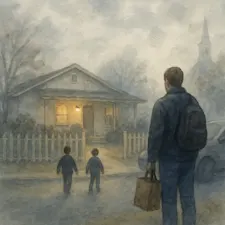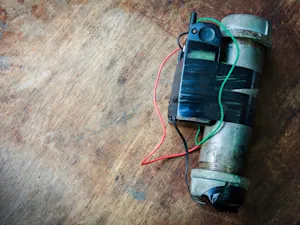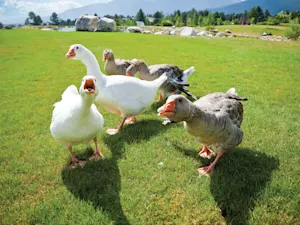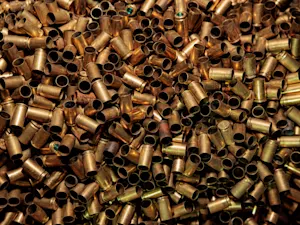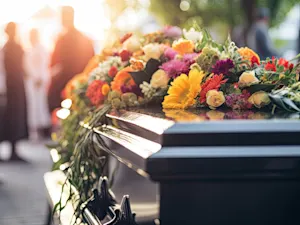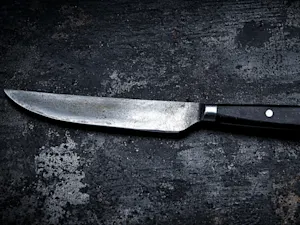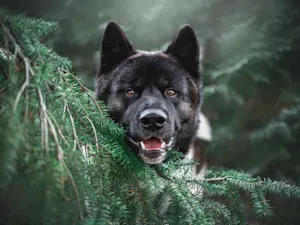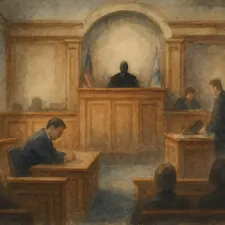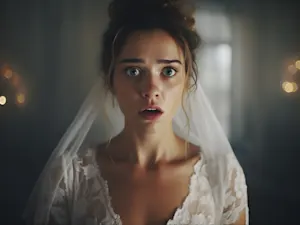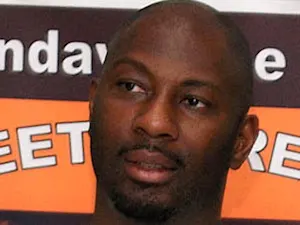
Red Noses, White Faces, Real Fear: Inside the Creepy Clown Uprising
What started as a bizarre local trend in the United States quickly escalated into an international phenomenon. The creepy clown craze swept across neighborhoods, social media, and news channels, leaving frightened children, angry parents, and frustrated police forces in its wake. By the end of 2016, sightings of "killer clowns" had been reported in the U.S., U.K., Canada, and Australia. But what exactly fueled this strange trend, and why did it spread so fast?
How It All Started
The first major creepy clown sightings were reported in Greenville, South Carolina, in August 2016. Residents of an apartment complex claimed clowns were lurking near the woods and, in some cases, trying to lure children with money.
By late September, the craze spread to the U.K., where reports surfaced of clowns scaring children on their way to school. In one incident, a knife-wielding clown allegedly followed four children to school in Durham, England. "The children arrived at school understandably upset and distressed," police said in a statement, according to CNN. Similar sightings were reported in Cumbria, where clowns armed with knives or sticks frightened passersby.
Social Media and Copycats
Experts believe social media played a critical role in amplifying the trend. Videos and photos of clowns went viral, inspiring copycats worldwide. Benjamin Radford, author of Bad Clowns, told PEOPLE that these "stalker clowns" often saw their behavior as a "low-risk, high-reward stunt, because it's virtually guaranteed to make local or national news."
Radford distinguished between "stalker clowns," who intentionally dressed up to scare people, and "phantom clowns," where sightings were reported but no evidence or individuals were found. Many incidents fell into the latter category, fueled by rumors and psychological priming.
Why Are Clowns So Scary?
The fear of clowns, or coulrophobia, is deeply rooted in culture. From Stephen King's "Pennywise" to real-life serial killer John Wayne Gacy, clowns have long been unsettling figures. "Clowns deliberately exaggerate the human face and cover the human face with paint so as to make the face less human," criminologist David Wilson told The Guardian.
Aaron Balick, a psychotherapist, explained that social media added fuel to the fire, creating a "contagion" effect. "This volatile mix of intense feeling and contagion via social media spreads the idea of participating in an emotionally charged behavior to such a large population that even if a tiny percentage of its viewers wish to mimic it, we're bound to see instances of it far and wide," Balick said, as reported by The Guardian.
The Backlash
As the craze grew, so did its consequences. Schools went into lockdown, arrests were made, and police resources were stretched thin. "Dressing up as a clown to scare people may seem like a joke, but it is no laughing matter," Cumbria Superintendent Mark Pannone told CNN. Police in Australia and Canada issued similar warnings, emphasizing that such behavior would not be tolerated. Professional clowns also spoke out, frustrated that their livelihoods were being damaged by the craze.
The Craze Fizzles Out
By Halloween 2016, the clown panic reached its peak, with some incidents escalating to violence. However, as arrests increased and schools took action, the phenomenon began to fade. Radford predicted it would resurface. "These archetypes are in our culture, they are not going away," he told PEOPLE. "I guarantee you there will be another phantom clown panic — maybe two years, maybe five years, but it'll happen again."
The creepy clown craze of 2016 may have faded, but it left a lasting impression on how fear, folklore, and social media can combine to create global hysteria. As experts warn, clowns are cultural archetypes that tap into deep-seated fears, making similar panics likely to resurface in the future. For now, the 2016 clown phenomenon serves as a bizarre reminder of how quickly harmless pranks can spiral into worldwide chaos.
References: Creepy clown craze sweeps the globe | The Truth About 2016's 'Clown Panic' | The great clown panic of 2016: 'a volatile mix of fear and contagion'






